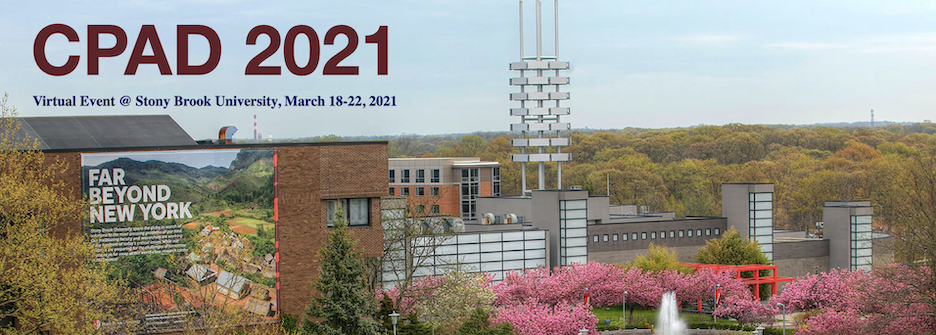Speaker
Description
Amorphous selenium (a-Se) is a glass-former capable of deposition at high rates by thermal evaporation over a large area. It has a bandgap of 2.2 eV and can achieve a photodetection efficiency of approximately 90% at a wavelength of 400 nm. The optical photogeneration efficiency in a-Se depends on the photon energy, the applied electric field and temperature. The Onsager approach has been used to explain the dependency of photogeneration efficiency in a-Se to the applied electric field, incident wavelength and temperature. Juska, et al., first observed avalanche multiplication in a-Se in 1980 while they were studying the photogeneration efficiency and mobility of electrons and holes in a-Se at high electric fields. Low dark current, impact ionization, large area capability, and low fabrication cost makes a-Se attractive for direct detection in X-ray imaging and indirect detection to detect short wavelengths (<450nm). When fabricating a-Se over a large area, thickness uniformity is important to achieve similar performance across the area.
In this paper we will describe the simulation and experimental results of fabricating uniform a-Se films over a 4 inch by 4 inch area. Thermal evaporation in the molecular flow regime was simulated in COMSOL with the chamber geometry and two different furnaces (boat and crucible). An optimized source-substrate throw distance and source geometry were determined for uniform selenium evaporation. It was shown that uniformity of 95-97% over a 4 inch diameter and 98-99% over a 2 inch diameter at throw distances of 13-17 inch using both crucible and boat geometries are possible. A recipe for fabrication of an a-Se film from stabilized a-Se alloy (containing 0.3% Arsenic: As and 10 ppm Chlorine: Cl), with thickness of 15 μm was developed on a glass substrate with maximum throw distance (17 inch). We will report on the uniformity measurement of 25 samples fabricated using the developed recipe and will discuss an optimized device structure based on a-Se for high photon detection efficiency to UV light.
